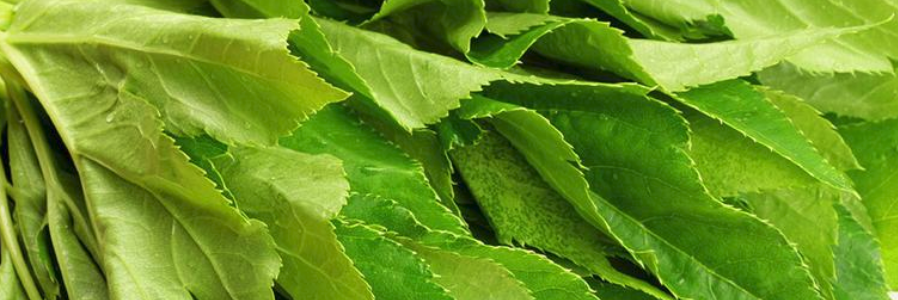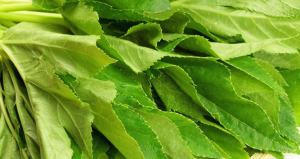
Tomorrow’s leaf secret to anti-ageing

Angelica Keiskei Koidzumi known also as ashitaba which translates as “ Tomorrow’s leaf, which has been a staple diet of Samurai for millennia and has rejuvenating properties that if a leaf is cut off in the morning it will start to grow back by the following day, could be the secret to slowing down ageing process according to a new study. Scientists are looking for compounds which could slow ageing have discovered that one of the best can be found in the ashitaba plant( wild Celery), a species of flowering plant in the carrot family found on the Pacific Coast areas of Boso Peninsula, Miura Peninsula, Izu Peninsula and Izu Islands. Research have revealed that Ashitaba leaf can increase good (HDL) cholesterol level, regulate high blood pressure, regulate blood sugar levels, alkalinising, antibacterial, anti-cancer for lungs, speed metabolism, weight loss, anti-inflammatory, reduce pain associated with PMS, Menopause relief, Improve digestion, speed elimination, beauty the skin and hair, reduce joint and muscular pain, can be used to treat acute gastritis, stomach cancer, duodenal ulcer, diabetes and insulin dependent, skin disorders like carcinoma and melanoma, Hyperglycemia, Asthma, anemia, common cold, Low sperm production and diarrhea and constipation.
Known as DMC, when the compound was given fruit flies and worms it extended their lifepan by 20 per cent and prevented senescence.
With flavour similar to bitter celery the plant may be consumed raw or cooked in salads, soups and casseroles or its leaves dried to make tea.
Ashitaba can be found as far back as 16th century in Ming Dynasty, Chinese medicine documents.
